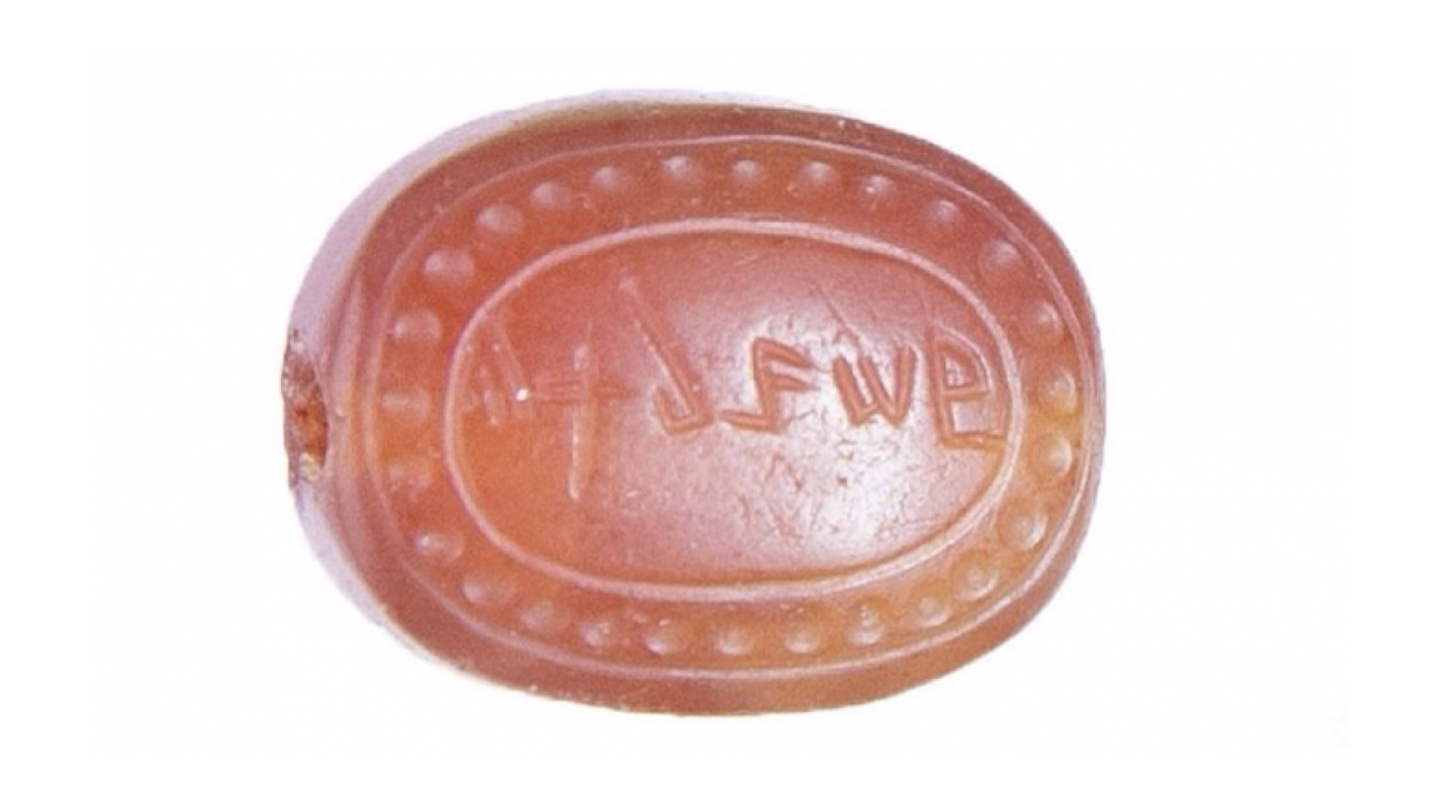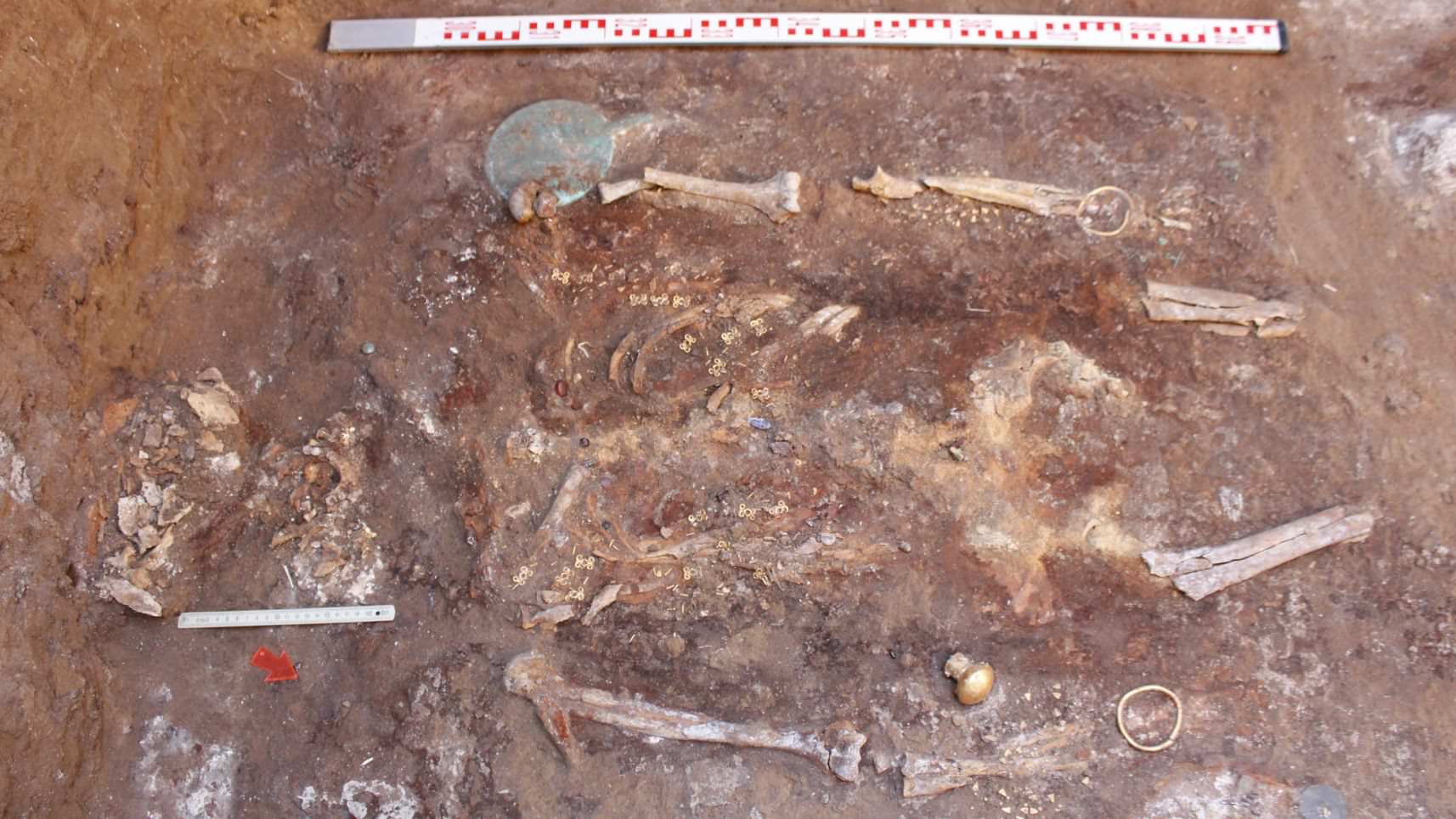





An unusual Hebrew seal, considered to be connected to Tel Arad was discovered during archaeological excavations in Russia. On the seal the word “Elyashiv” is engraved in ancient Hebrew, as in the name of “Elyashiv Ben Yeshayahu” the person in charge of the storehouses in the royal citadel located at Tel Arad.

On the seal was engraved just one word “Elyashiv”, the person in charge of the storehouses in the royal citadel located at Tel Arad, to whom the letters of Arad were also addressed, 91 ostracons found in excavations at the site, together with three seals bearing the name of Elyashiv. The researchers are confident about identifying the name stamped on the seal. They note that the shape of the writing conforms to writing that was prevalent in the eighth century BCE, except for the letter 'S', which looks different from what was common in that period. Their explanation is that it may simply be poor engraving.
It is not entirely clear how the seal reached the plains of Russia. One conjecture is that that the woman was a female warrior of the Sarmatian People, who came from Central Asia, and occupied territories in southern and western Russia starting from the fifth century BCE approximately, until the fourth century CE. In ancient times seals were collected and used for the purposes of barter. It is reasonable to assume that the seal that was found, had wandered until it reached that warrior. This is probably the most remote seal migration documented so far, both in terms of location and time. Is it possible that the seal travelled great distances with jars of wine from the region, sent from the fortress Tel Arad, where the livelihood of its residents depended on wine?

(Source of the item and pictures: http://www.haaretz.com/jewish/archaeology/1.682980)